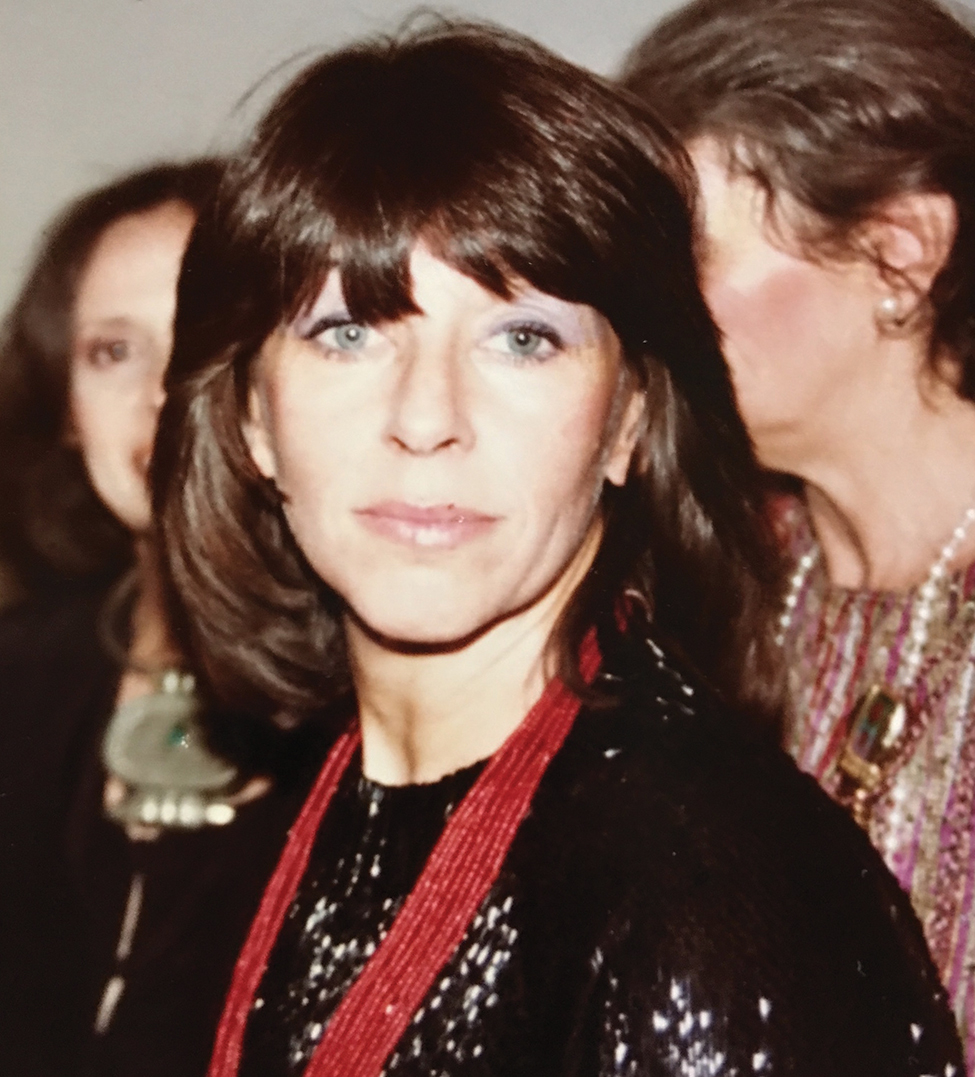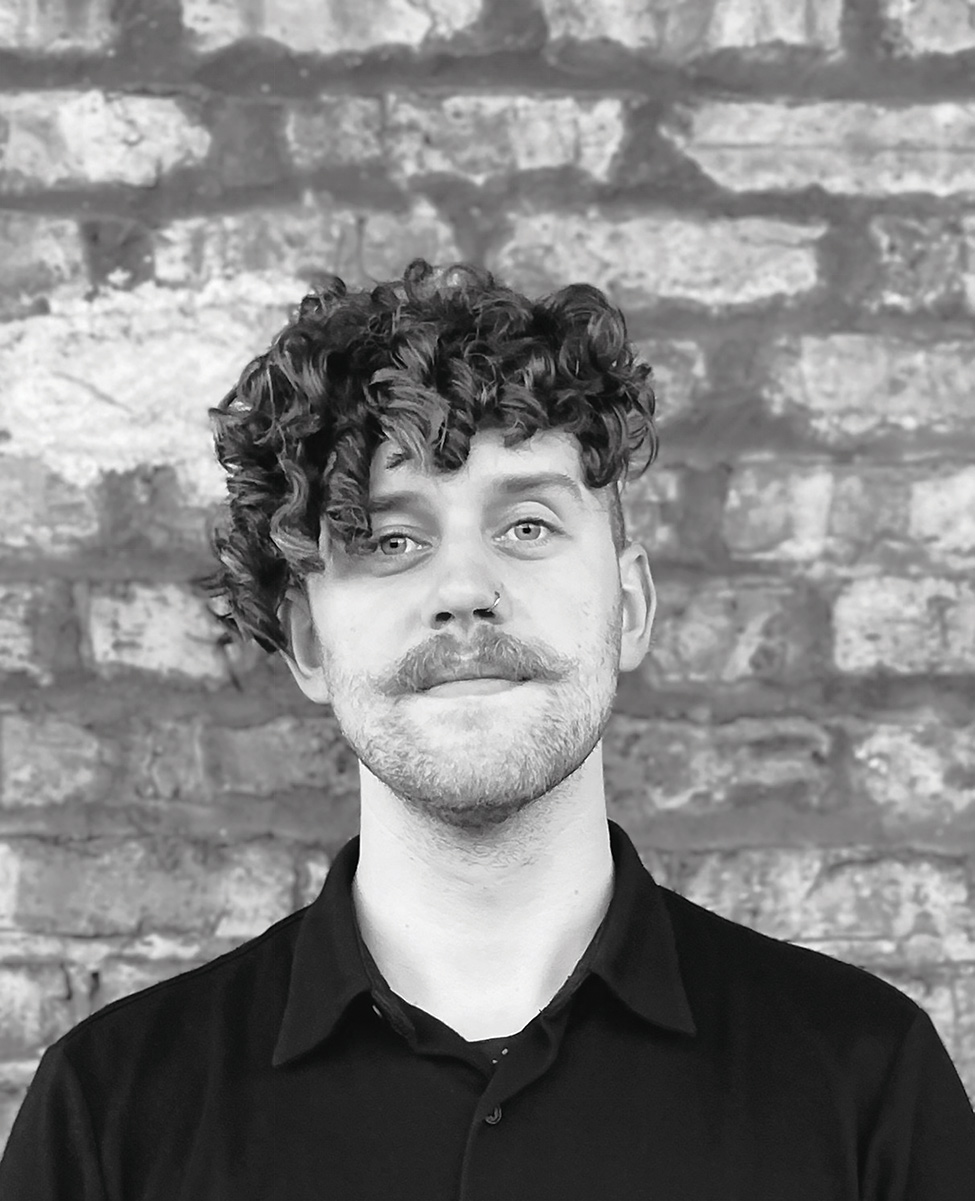An Outward Look: Richard Rezac at the Renaissance Society

BY ALISON REILLY
At first glance, Richard Rezac’s sculptures might be described as cool, crisp, or sleek. But his careful craftsmanship and delicate choice of color imbue the objects with a warm familiarity, and their contrasting surfaces often activate tactile memories.
Earlier this month Rezac’s exhibition, titled Address, opened at the Renaissance Society. Though the work in the show spans the last 20 years, for executive director and chief curator Solveig Øvstebø, the exhibition is not a retrospective. “We wanted it to be a new commission,” she said, “a comprehensive new installation related specifically to the space of the Renaissance Society.”
Øvstebø’s colleague, Janine Mileaf, director of the Arts Club of Chicago, had a similar idea. She commissioned Rezac to create a new sculpture for the Arts Club’s outdoor space. Inspired by the urban location of the Arts Club, the organization’s connection to sculptor Constantin Brancusi, and his own interest in Shaker fence building, Rezac built Glen Elder.
“We decided that it would be a nice collaboration to do these exhibitions at the same time,” Øvstebø said, “to emphasize both institutions’ respect for his work and his role in the Chicago art landscape.” Her deep admiration for Rezac and his rigorous studio practice is evident. “He is one of the strongest sculptors working in the U.S. today,” she said. “Over the span of 40 years he has been true to his project and worked quietly in his very own vein. There are very few artists who show this kind of uninterrupted concentration.”
Øvstebø, like many others, is drawn to Rezac’s work not only because of its formal beauty and distinct quality, but also because of the way he builds his sculptures. “He makes them all by hand through a very determined process in which meticulous geometry and math are combined with a deep feeling for color and shape,” she noted.
Rezac was kind enough to answer a number of questions about his childhood, his education, and his current art practice. Following is an edited transcript of our recent conversation.

Chicago Gallery News: Where did you grow up?
Richard Rezac: I was born and raised in Lincoln, Nebraska in a family of six siblings with extended family nearby. My parents enjoyed travel when they had the time and finances, so an outward look around the Midwest was an important aspect of my early years.
CGN: Is there a memory from your childhood that influenced your decision to become an artist?
RR: I had two excellent art teachers in middle school and high school. They were bright, respectful, and encouraging. As examples in their conduct and personal commitment, they were mainly responsible for me, during high school, to decide later to seriously pursue the study of art.
CGN: Why did you decide to become an artist?
RR: Largely due to these teachers, but I have also had a persistent interest in drawing since I was about six years old. That attention and outlook led to an appreciation of what it would mean to go further with other forms of art.
CGN: I grew up in Portland, Oregon and am interested in the time you spent there. What brought you to the city?
RR: I went to Portland to attend the BFA program at the Museum Art School (as it was known then, 1970-74), now the Pacific Northwest College of Art. One of the major benefits was its immediate connection to the Portland Art Museum with its galleries serving as an extension of the studio classrooms. The faculty were accomplished as artists and invested in education, and because the School was small, it was necessarily interdisciplinary, so I took courses in every studio area. I graduated as an artist, not as one specialized in one discipline.
CGN: What was Portland like at the time?
RR: The 1970s in Portland was ideal: open, liberal and responsible, inexpensive.
CGN: From 1980-82, you studied at the Maryland Institute, College of Art in Baltimore and received your MFA. How did that time compare to your experience in Portland?
RR: It was also a rewarding education, and a positive time to be in Baltimore, though almost completely different from Portland—as an older, entrenched, industrial, working-class eastern city. Nature, as I had known it in Oregon and Nebraska, was a long distance from Baltimore. The most rewarding part of that place and time was the ready access to museum collections in Washington D.C., New York, Philadelphia, and Boston, which I visited frequently.
CGN: I studied the work of Katarzyna Kobro, a Polish artist associated with Kazimir Malevich and Vladimir Tatlin. I see similarities between your work and hers, because you often work on a human scale, you incorporate materials like wood and metal, and, in addition to freestanding sculpture, you sometimes hang your sculpture on the wall or from the ceiling. How do you see your work relating to early abstract art?
RR: I do admire her work (and saw a survey exhibition in Madrid last summer) and think that it certainly needs to be better known in this country, as it is prescient to some artists working in our time. If early twentieth-century abstraction can be seen today as an examination of some fundamental forms and their realization—in relationship—to an appropriate material, resulting in a simple, yet suggestive statement, then I agree that my sculpture, and approach, is indebted to those artists’ work. Their human-scaled size was inevitable because of the hand-forming construction and the private, rather than public, motivation.

CGN: Can you tell me more about Untitled (Ren Screen)? What inspired this work?
RR: This work is a combination of space divider, but free-floating and rather small; a wall to hang sculpture but with an area only for one. Otherwise, my reason to make it came almost first, two years ago, when invited by Solveig Øvstebø for this exhibition. I felt the need to keep the Ren gallery space as open as possible, yet with a need to mark and divide it discreetly. Light from east to west in that space is paramount, so the underside of this screen is transparent and its primary, two-sided plane is on perpendicular axis with the only other built wall in the space. There are some details and surface treatments that match the scale and sensation of my sculpture generally, so it will hopefully be understood as an extension of the sculptures, while also being a slight architectural element, speaking to the gallery structure.

CGN: What is the significance of your sculptures’ names? I’m particularly interested in Chigi and Quimby.
RR: The sculpture titled Chigi references the Italian papal family (originally from Siena). Alexander VII was one of three Popes in the Baroque period that commissioned Francesco Borromini in the architecture he designed for the Vatican. This sculpture incorporates an element that succinctly quotes the family emblem or crest, which is based on a series of overlapping mounds, as in the hillside landscape around Siena. All of Borromini’s buildings initiated or completed during his reign contain these emblems, as a mark of sponsorship. My intention for Chigi was to join two seemingly unlike forms: the merged crib-like structure, and the volumetric “foot” in recognition of Borromini, not so much the Chigi family.
The other sculpture, Quimby, is only the second work that I have made incorporating stained glass. The first house that I lived in with stained glass as a feature was on NW Quimby Street in Portland, and the designs in the several rooms were comprised of a simple grid surround, resembling the fragmented version in this sculpture.

CGN: I’d also like to know more about the series of sculptures with Zeilschip in the title. Can you tell me more about the material you selected for each one?
RR: Zeilschip is a Dutch word meaning sailing ship or sailor. The four works are based on a ceramic tile, oval in shape, that I saw at the Rijksmuseum in Amsterdam. It depicted sailing vessels in port, with the water line level, but the oval set askew. I was intrigued by that subtle disjunction, and so I ultimately made four related works. All are cast bronze volumetric forms, but each has a different surface treatment (one is nickel-plated), and all have a separate “instrument” or notation on its left side. These small additions complete the sculpture, re-balance it visually, and add a geometric, faceted form. These configurations were all determined by the two sets of axis of the oval: true verticals and horizontals—one set within the oval, and one set on the wall itself. The coordinates from all points at the periphery of the oval (which resembles an iron cross) in some way converge to spell out the element attached to its left side.
CGN: You have said, “Like an architect has a drawing to begin building, I have a drawing to initiate the sculpture with some reliability.” Can you talk about your relationship to drawing and sculpting?
RR: For me it makes perfect sense to draw first, to explore possible ideas—whether that starts with a conscious source or improvisational. I can then adjust the particulars in the drawing over time, and eventually decide if I want to see it as a sculpture. I have never made a sculpture without going through this drawing phase first. For years these drawings have resembled traditional architectural drawings in their showing plan, elevation, and sometimes section in alignment, so it is easy to interpret these images as three-dimensional.
CGN: How involved are you in the installation of your work for exhibitions?
RR: Extensively. Since 1977 I have installed all of the solo exhibitions that I have had, and I have usually been involved in the actual installation of a work in any group show, if it occurred in a city in which I was living.
CGN: How would you describe your studio?
RR: It is on the first floor of the building I live in, a former dairy store, so my studio space is not so large, but the layout is efficient, somewhat compartmentalized, and perfectly suited to my needs. It has good natural light from three directions and is segmented into three areas: for building sculpture, for drawing, and for something in-between, such as painting.
CGN: Does Chicago architecture influence your work?
RR: When I moved here in 1985, the architecture of Chicago came as a revelation the first time that I looked closely at the invention and importance represented by this history. There is an affinity, naturally, to sculpture. Primarily, I gravitate to the street level detail or isolated fragment, but I have not actively used or incorporated, any aspect of local architectural forms or buildings proper.
CGN: If you didn’t live in Chicago, where would you be?
RR: Hard to imagine at this time in my life. This is a great city, in my experience, and offers everything I need.
Richard Rezac’s Address is on view at the Renaissance Society until June 17, 2018 • richardrezac.com






